
Dry Tropical Forest Revegetation Project Overview
July, 2015
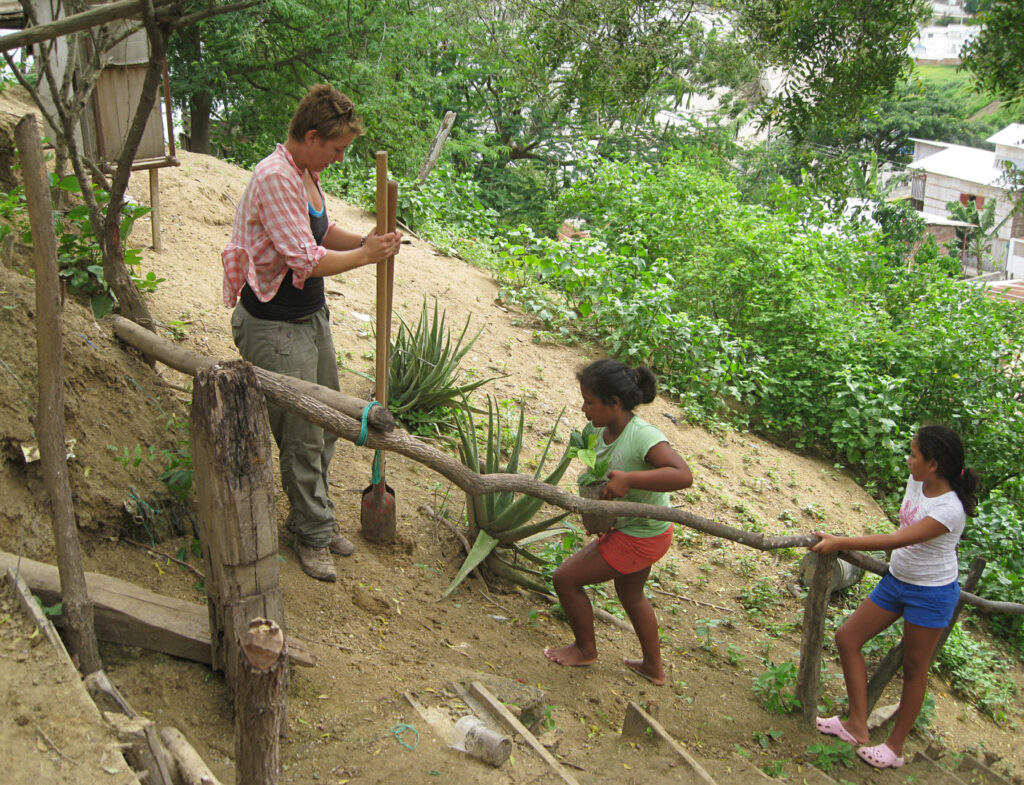
The Dry Tropical Forest Revegetation Project has the following long-term objectives:
- Ecosystem Restoration
- Protecting the Environment
- Bioregional Education
During the past few months, significant progress has been made on all of these fronts. Thanks to the international volunteers who have assisted making this happen, and to the interest of local residents in conserving and restoring their surrounding natural habitats.
Ecosystem Restoration:
Native forest and fruit trees produced at the greenhouse are planted at strategic revegetation sites in order to restore the extremely fragile and over-exploited Dry Tropical Forest ecosystem. Degraded land is being slowly converted into forest habitat for the numerous endemic species in the region. Every tree planted in the field contributes a small fraction to the recovery of this ecosystem. Indigenous fruit trees also provide future sources of food and income in the mid- to long-term along with being visible and tangible reminders of what it means to actively restore the environment. Each tree is a reminder to the person who planted it of the effort it required and the important place their tree plays within the whole ecosystem. It inspires an increased interest in restoration and motivates new participation in the Project.
Seeds are collected and prepared for germination.
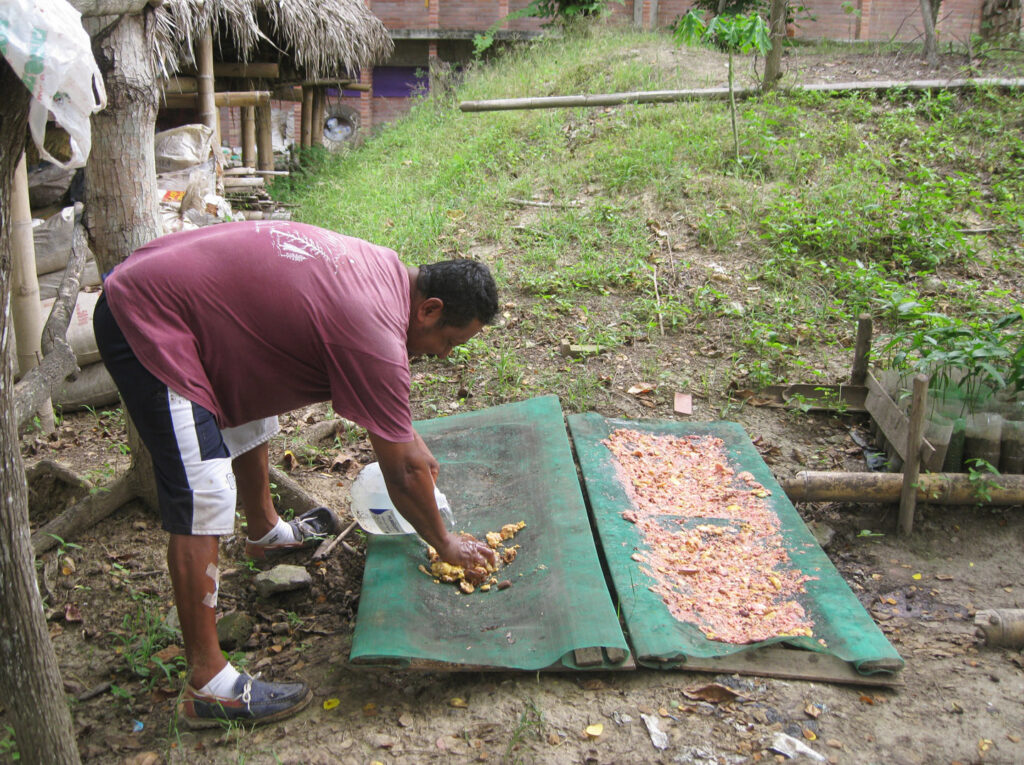
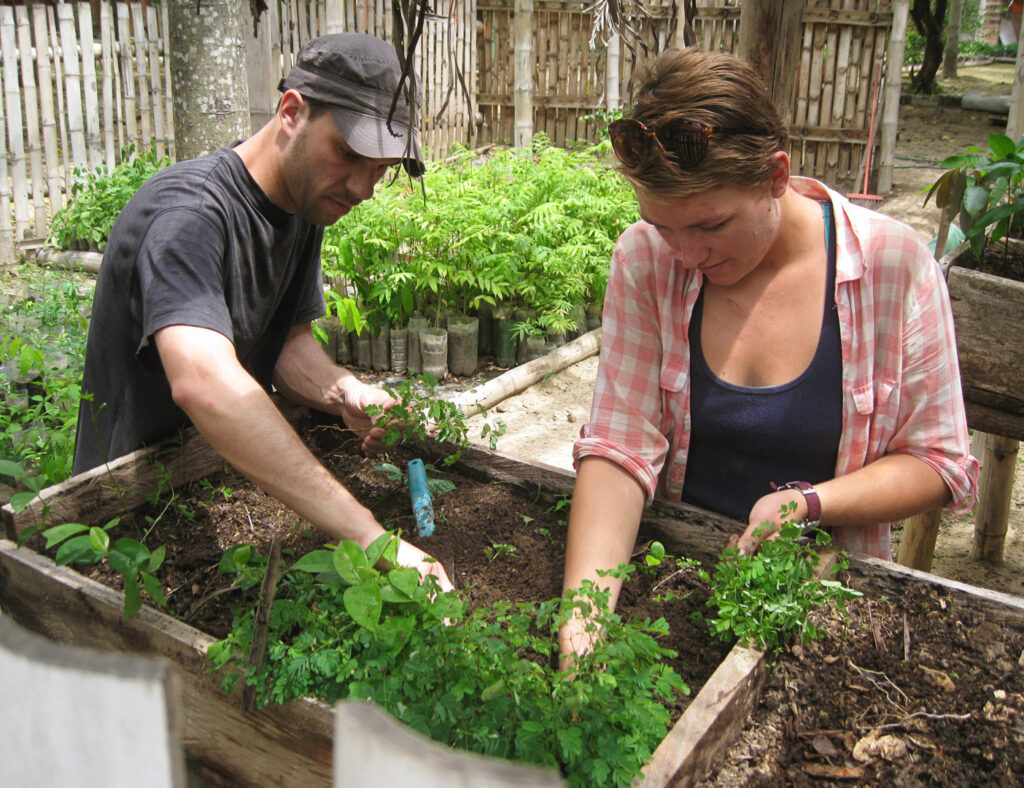
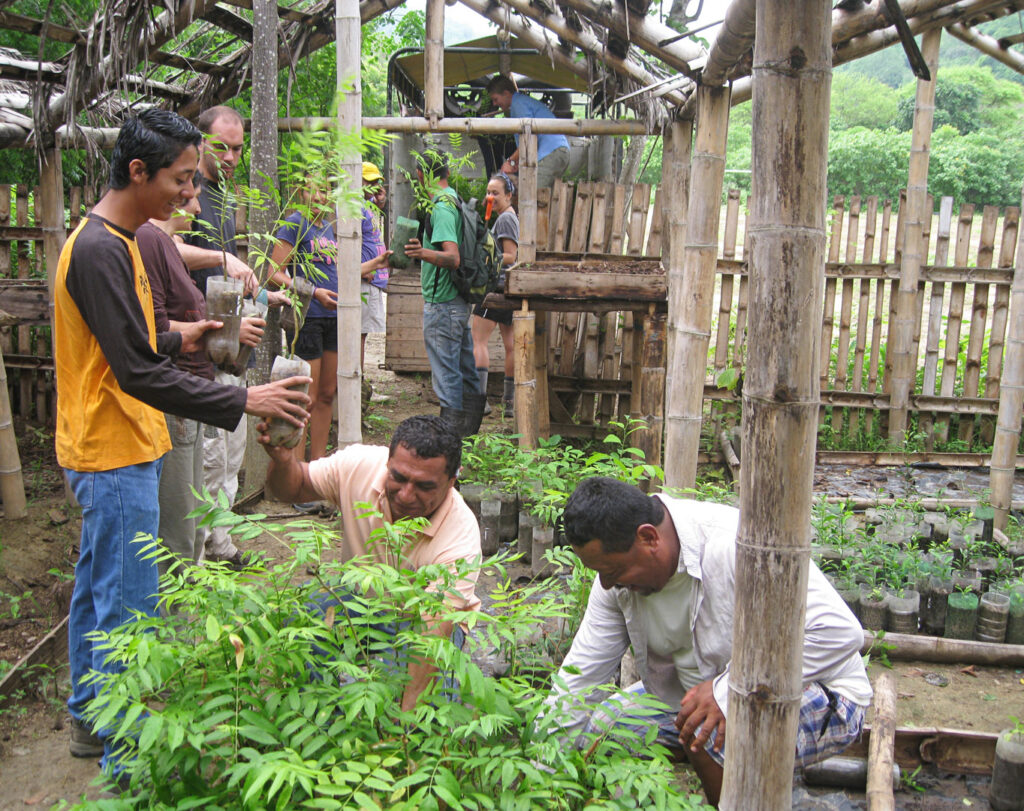
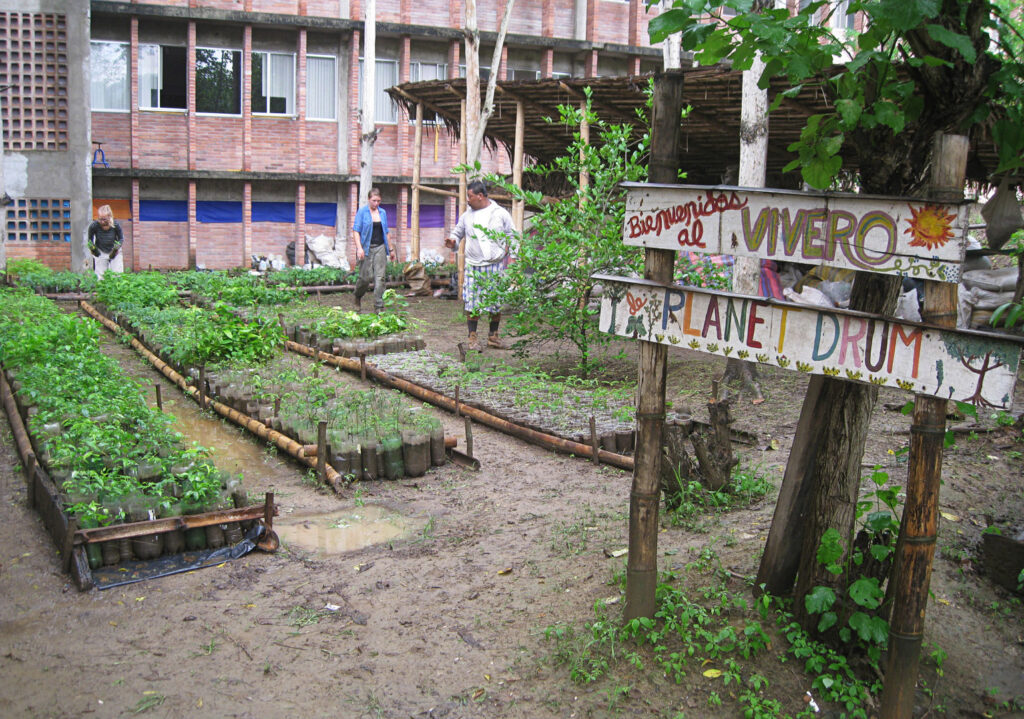
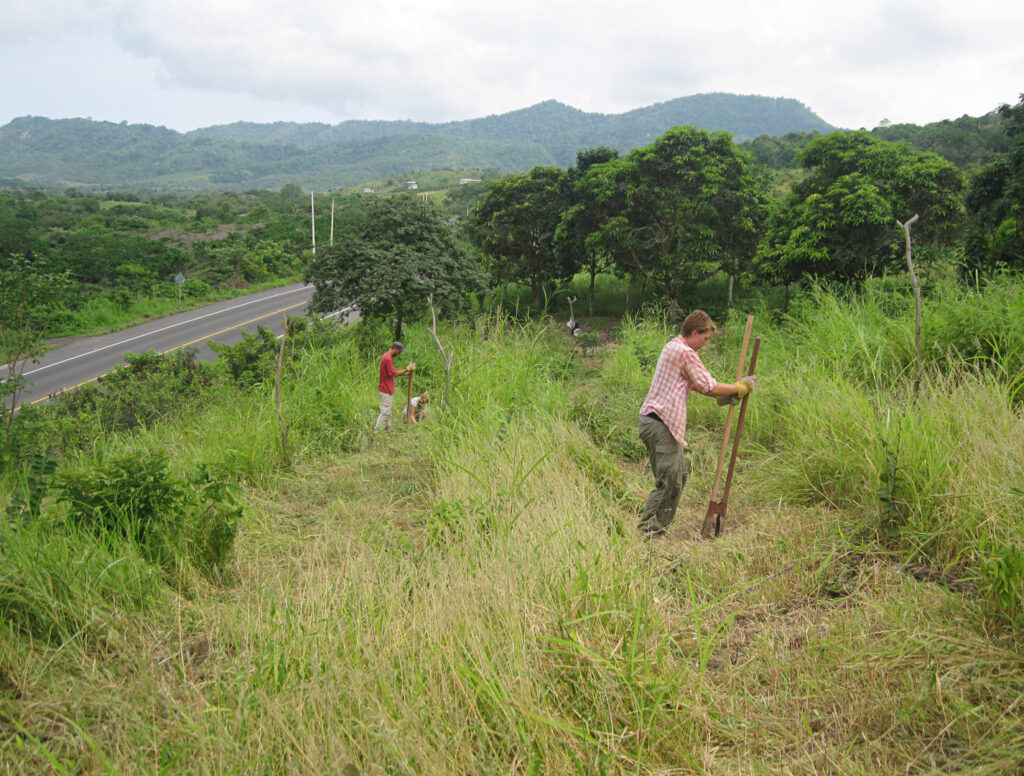

Protecting the Environment:
Many of the revegetation sites are within or near nature reserves and protected areas. Additional sites are selected based on a landowner’s proven interest in ecological concerns. Nature preservation is a relatively new concept to this region and the Project promotes, nurtures, and facilitates the growth of this movement by introducing new landowners and properties to the process.
Despite growing interest in conserving and restoring the environment, technical expertise and practical knowledge in these areas is incredibly lacking. Many local residents are acutely aware of the imminent dangers that wide-spread biological degradation poses, but they have neither the ability nor the means to change their situation. Three straight years of drought and heavy agricultural losses in the region have exacerbated the grave predicament. As a result, residents welcome and often seek out assistance in restoring the surrounding ecosystems.

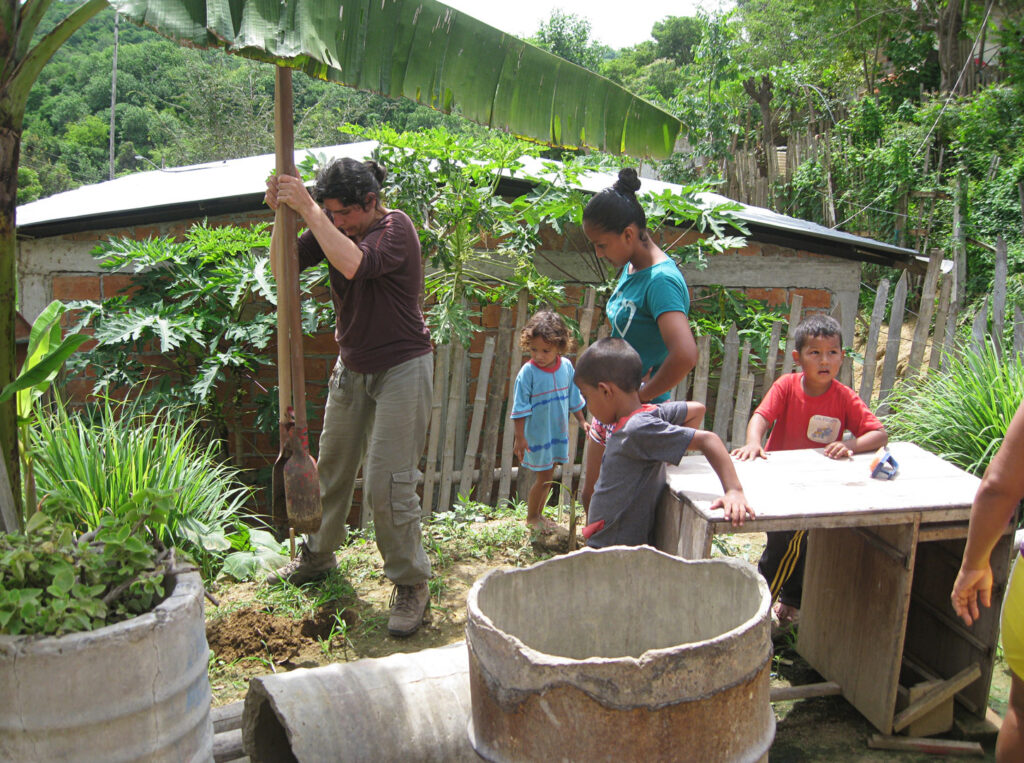
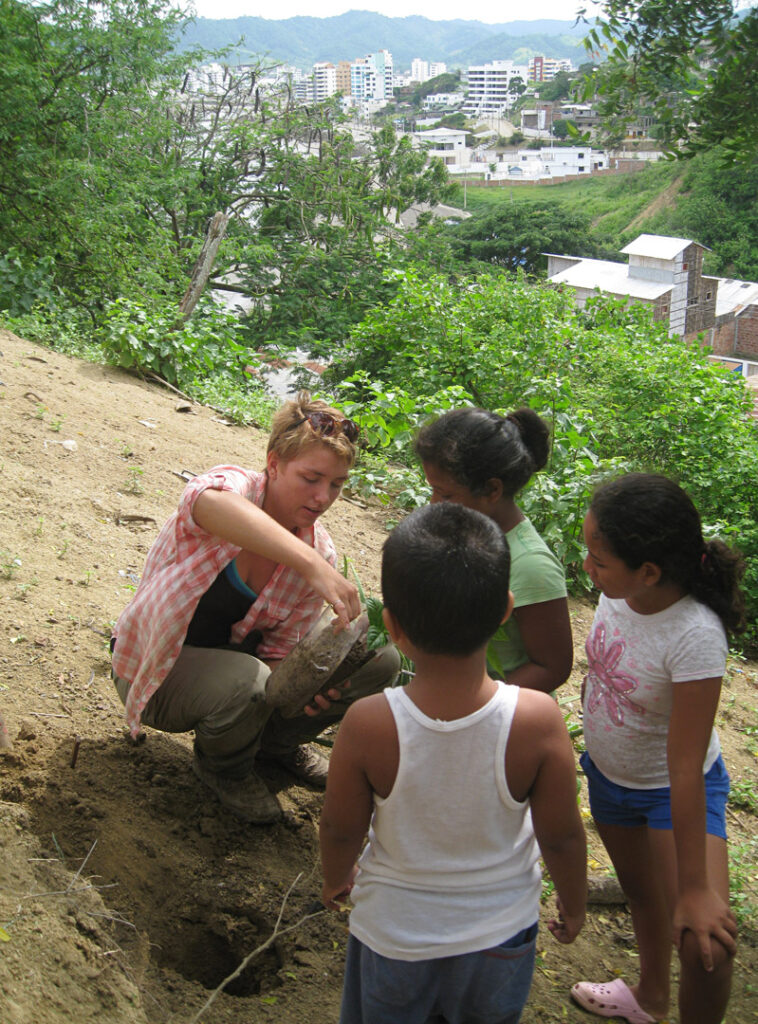

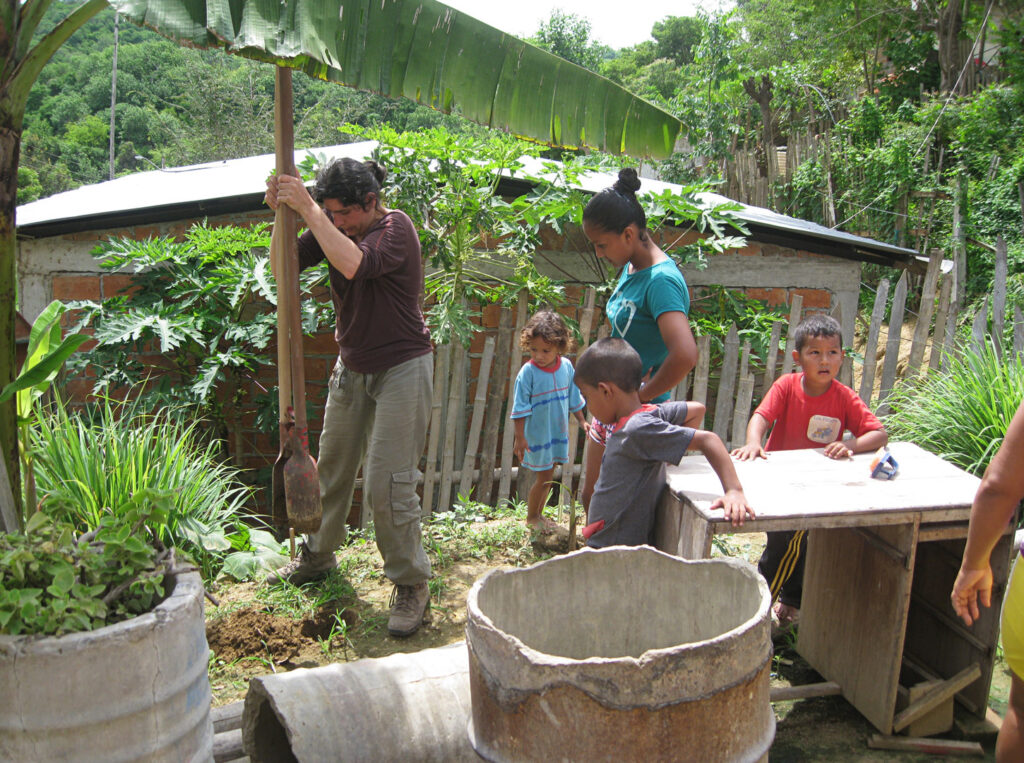
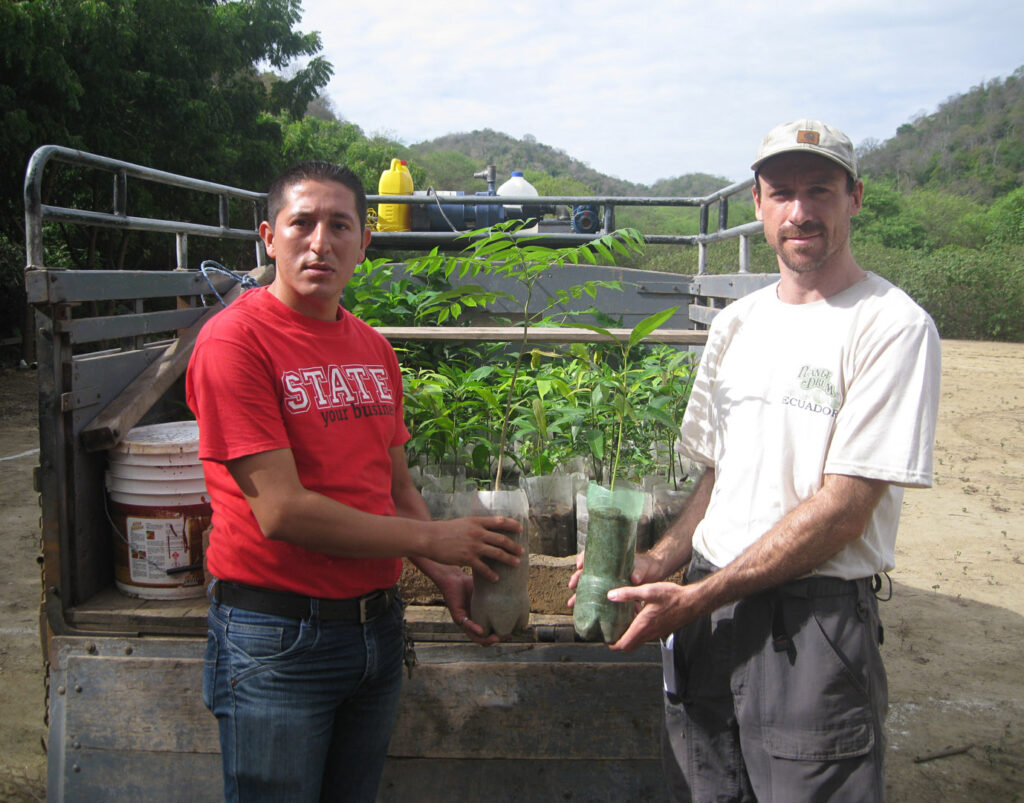
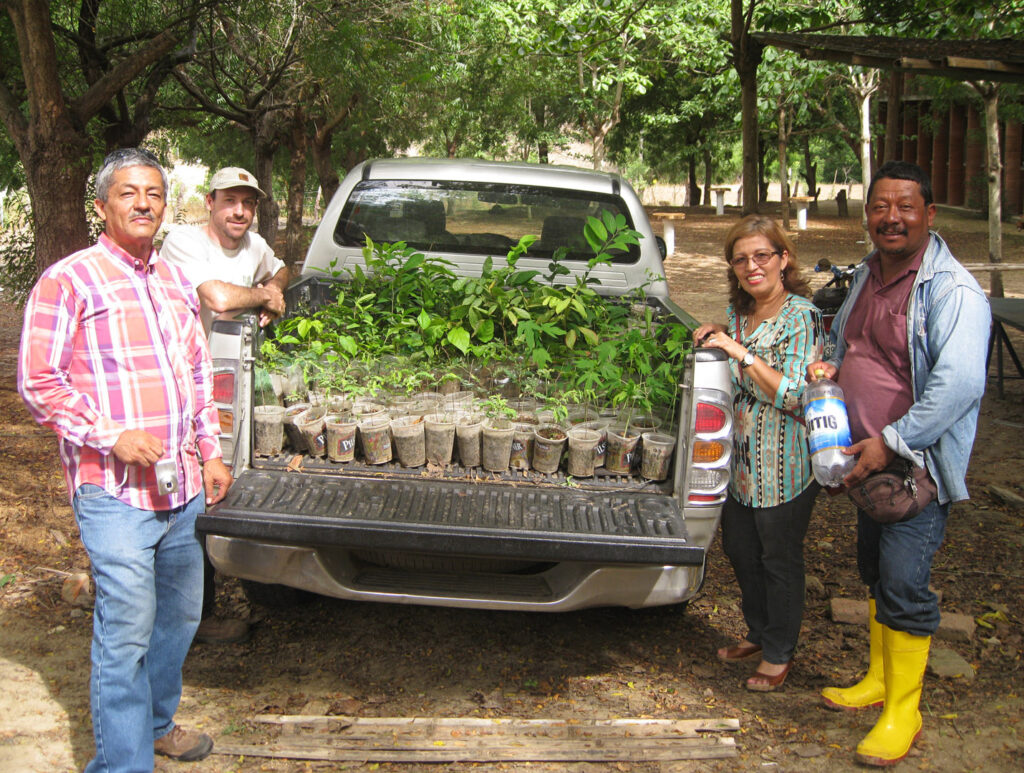
Bioregional Education:
The Project’s open houses, workshops at the greenhouse or in the field, presentations, and media events educate local communities, schools, and government and non-government organizations on bioregional practices. Educational outreach teaches local residents how to better align life’s daily activities with the capacity of the natural resources around them. By participating in the Project, they learn how to engage in activities which benefit themselves as well as the environment. Ultimately, interested parties are trained in all aspects of ecological restoration techniques and processes so that they have the capacity to continue these activities independently.
Education workshops are held on a regular basis at the greenhouse. International visitors and local residents participate in greenhouse activities while learning about the Project’s objectives and methods.
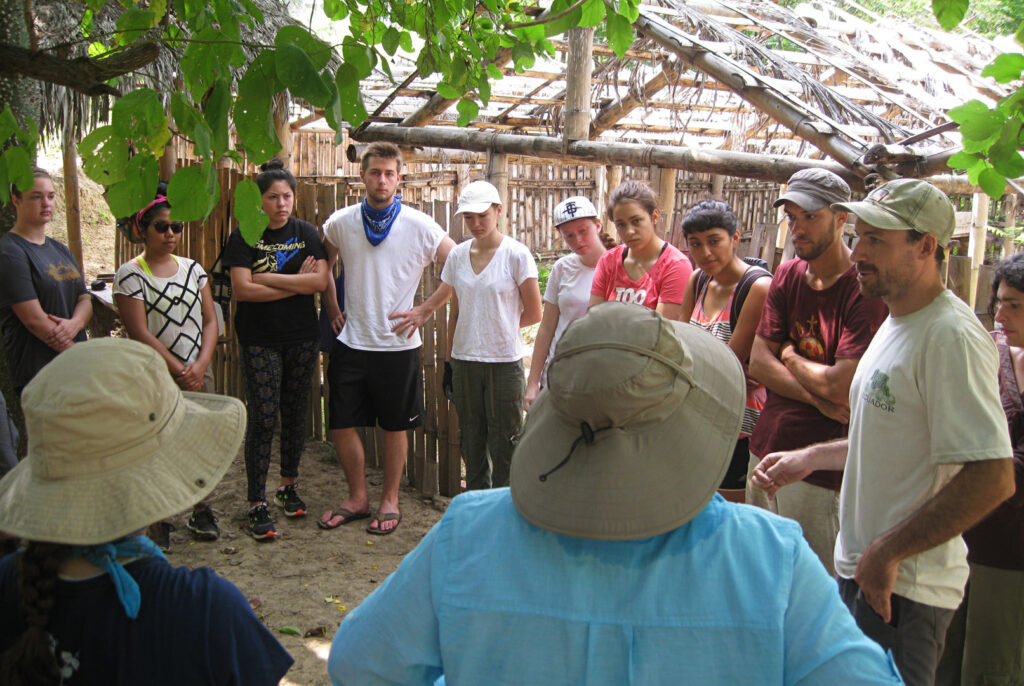
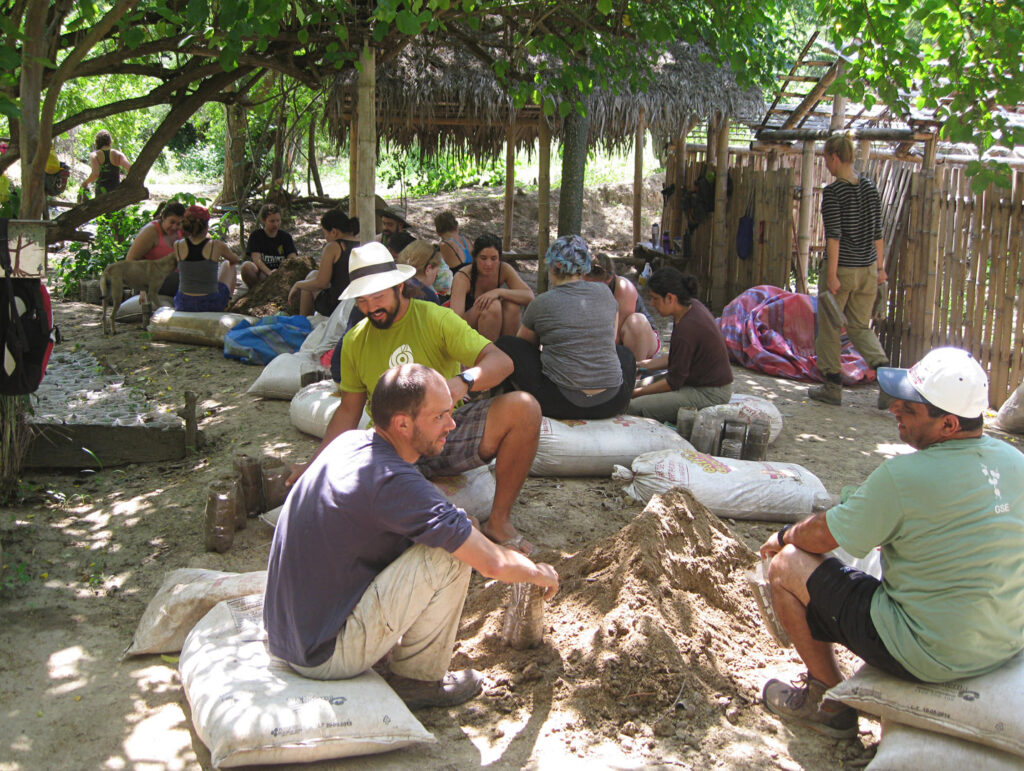


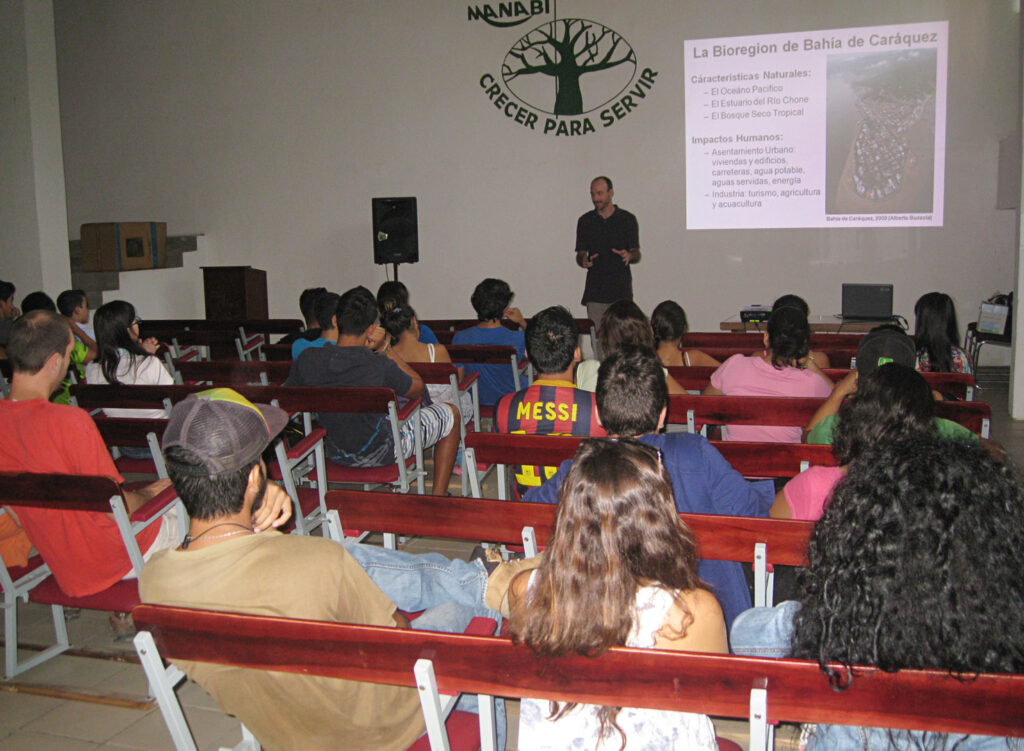
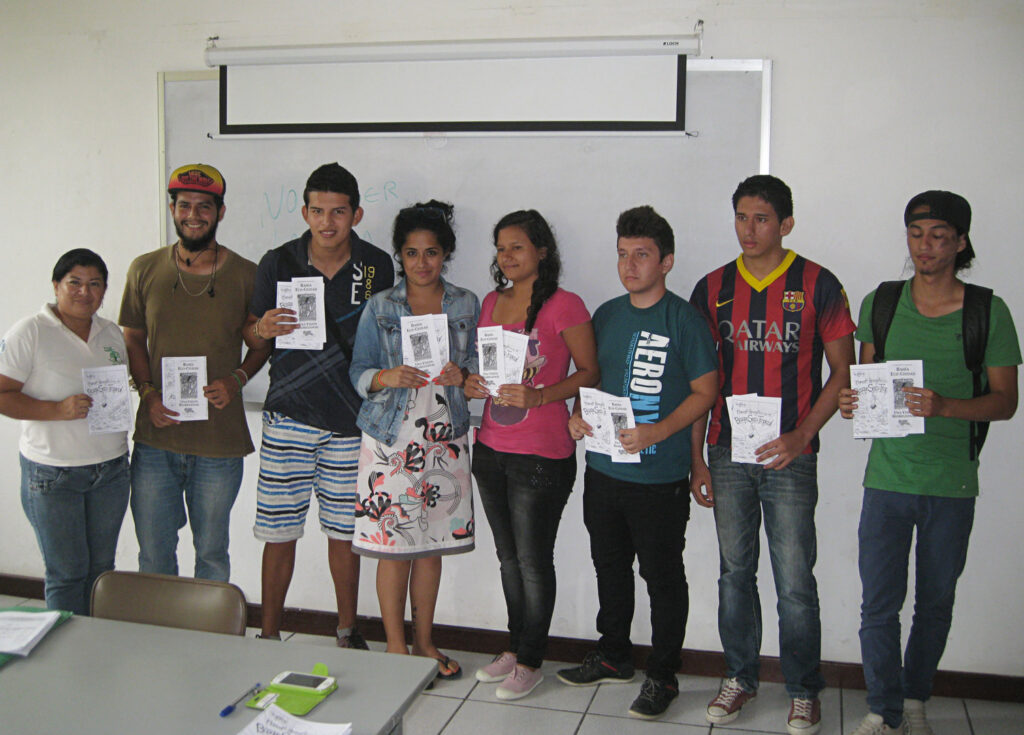
The growth and success of the Project is directly dependent on increasing the scope and depth of community participation. The Project continues to provide the means, such as greenhouse infrastructure, materials, expertise, and transportation, for revegetation work and bioregional education to occur. Community residents, students, and volunteers are becoming involved by committing their attention, time, land, water, and other in-kind contributions. In return, they receive trees, revegetation technical assistance, and instruction in ecosystem restoration practices. The Project is raising awareness of the ecological problems in the region, providing sustainable solutions, and encouraging participation. Having a working example of ecosystem restoration with visible results is causing more local residents to participate. Often times, after hosting a tree donation or planting campaign in one area, neighboring residents will inquire about participating as well, and the Project’s impact spreads. While the Project facilitates the ecological restoration process, local communities are the real actors in terms of achieving its goals. Community involvement is the driving force behind the Project!
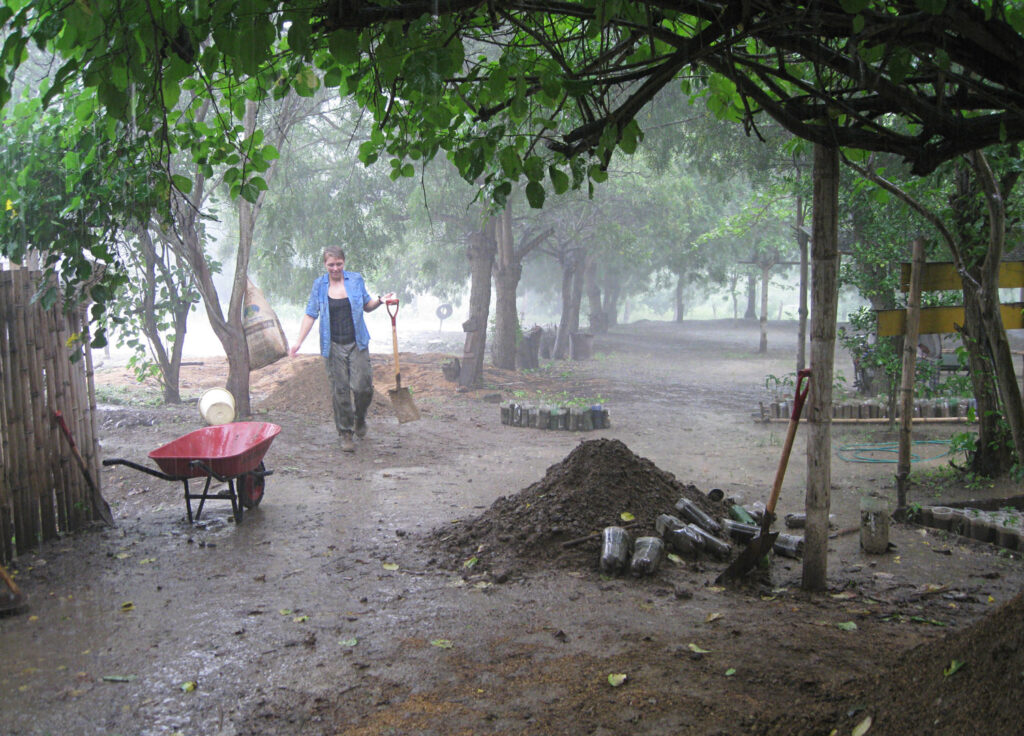
Project Stats:
Here is a summary of some of the accomplishments during the 12-month period (May, 2014 – April, 2015):
- 14,279 trees were produced at the greenhouse, representing 49 different native tree species (26 fruit-producing and 23 forest).
- 2,145 trees were planted at 14 different sites that were designed, prepared, planted and maintained with direct oversight by Planet Drum.
- 26 workshops were held at the greenhouse with 850 Ecuadorian students and 100 international students participating.
- 12,134 trees were donated to 79 different communities throughout 18 of the 22 different counties in Manabí province.
- Approximately 3,500 different families benefited from tree donation campaigns.
- 12 community-based bioregional education events and presentations were held in 11 different communities with approximately 745 participants.
- 500 copies of the Revegetation Manual were distributed.
- 500 copies of the newly developed Bahía Eco-city flyer were distributed.
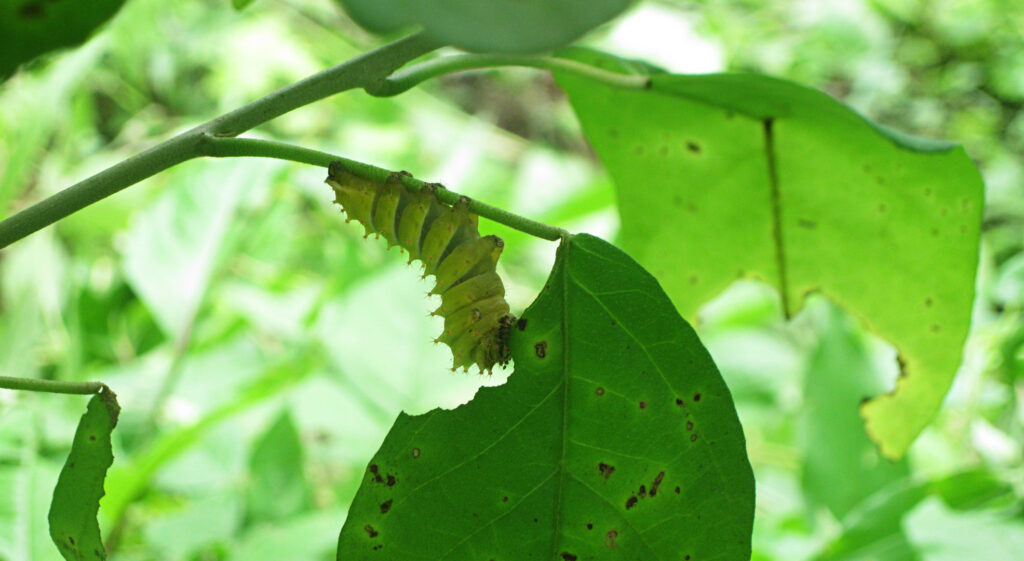

Thanks for sharing. I read many of your blog posts, cool, your blog is very good.
I don’t think the title of your article matches the content lol. Just kidding, mainly because I had some doubts after reading the article. https://www.binance.com/tr/register?ref=W0BCQMF1
Your point of view caught my eye and was very interesting. Thanks. I have a question for you.
Your point of view caught my eye and was very interesting. Thanks. I have a question for you.